Minnesota Hunting Guide
With its plentiful lakes and surrounding wetlands, Minnesota is best known for its waterfowl opportunities. The state also offers significant large game populations. Public land access is limited in Minnesota.
What to Hunt
The state is home to large amounts of wetland areas that support waterfowl populations, but Minnesota also offers other popular game species.
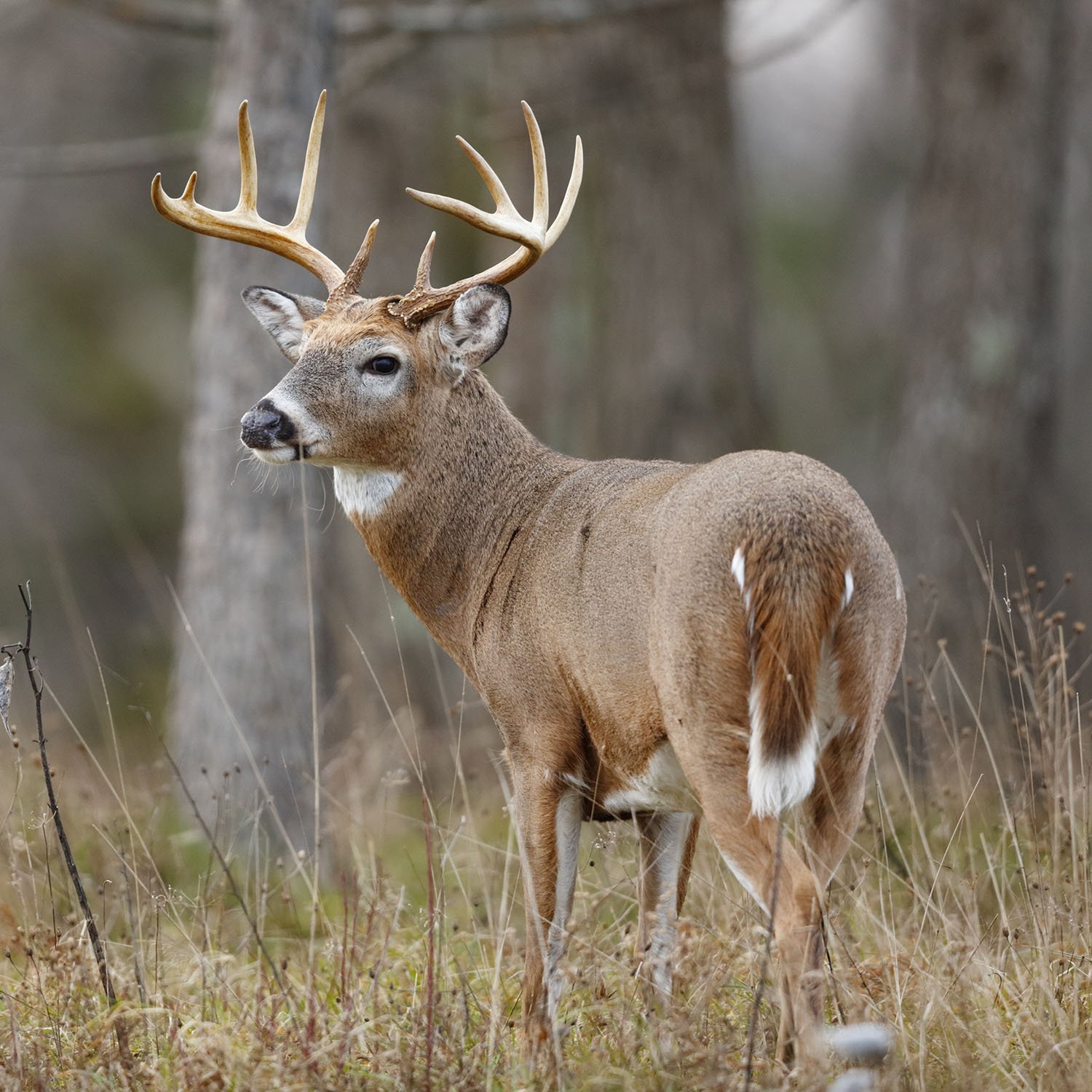
Deer
Minnesota offers significant habitat diversity, including plains and big woods areas ideal for deer populations. Minnesota separates deer season into archery, firearm, muzzleloader, and youth seasons. There are also special dates for deer management zones and antlerless seasons. The seasons range from September through January, and licenses typically go on sale in early August. It is not permitted to use bait for deer hunting, and it is not legal to take fawn bucks.
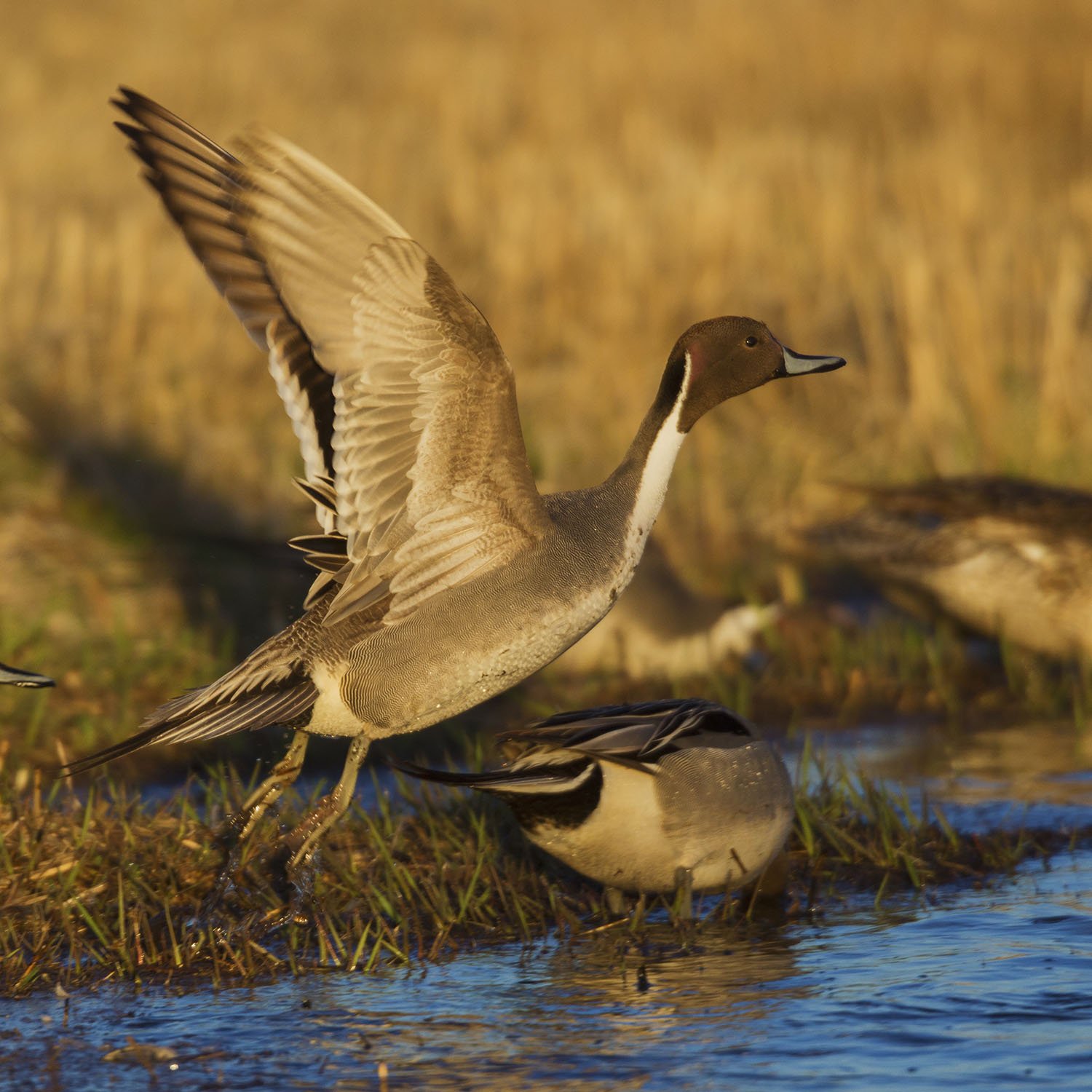
Waterfowl
Minnesota is home to a growing population of Canada geese, and the wild rice lakes offer ideal habitat for many duck species. Hunters may also find coots, mersangers, scaup, and more subspecies of geese. Waterfowl seasons generally range from September through January, depending on the species and the zone of the state.
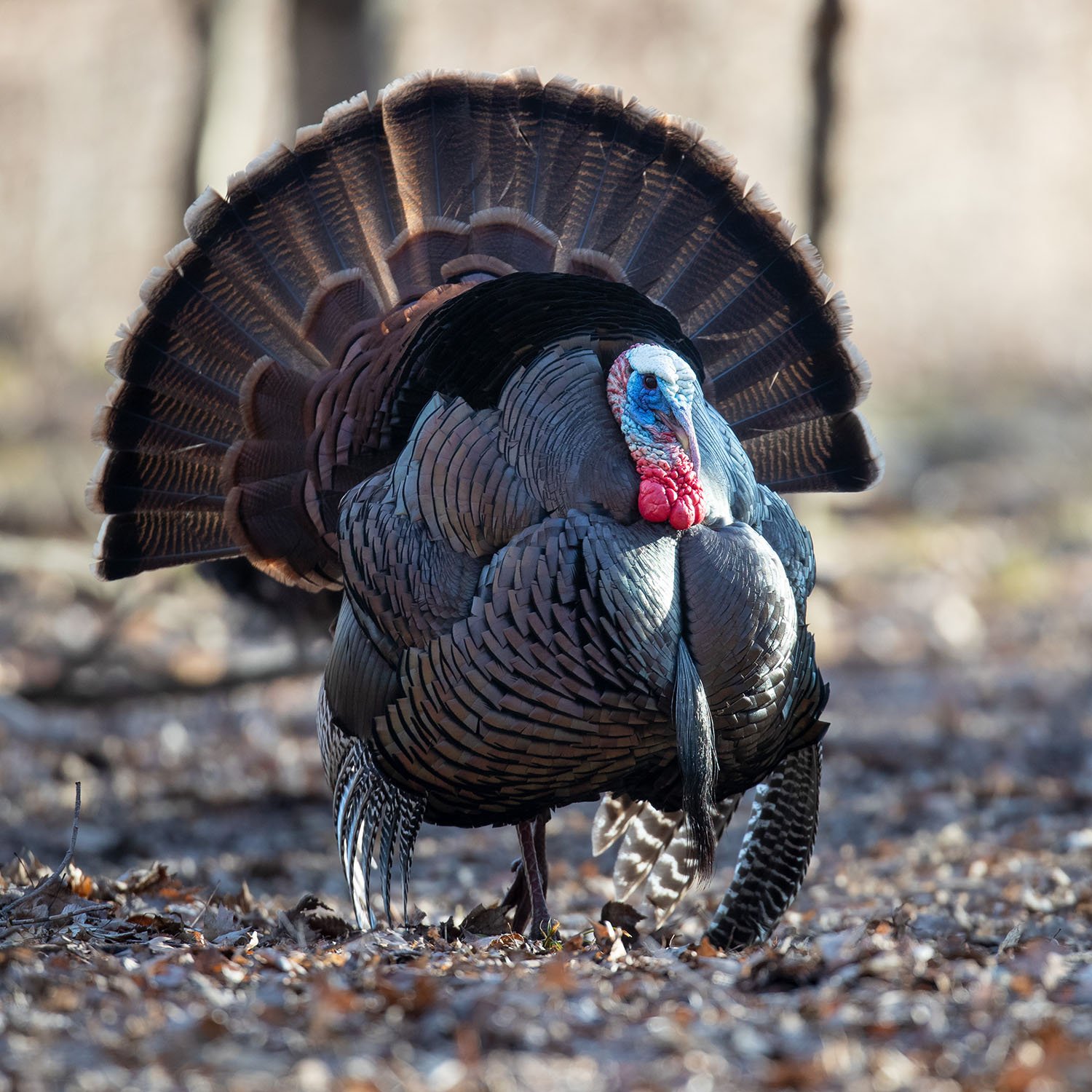
Turkey
Minnesota supports a healthy, relatively dense population of Eastern turkeys, particularly in the central and southeast areas. However, nonresident fees are high and the state’s harsh winters can make the fall seasons difficult. Spring season generally runs in April and May, with licenses going on sale in early March. It is not permitted to use dogs, electronic devices *other than red dot scopes, rangefinders, and hearing devices), bait, or live decoys.
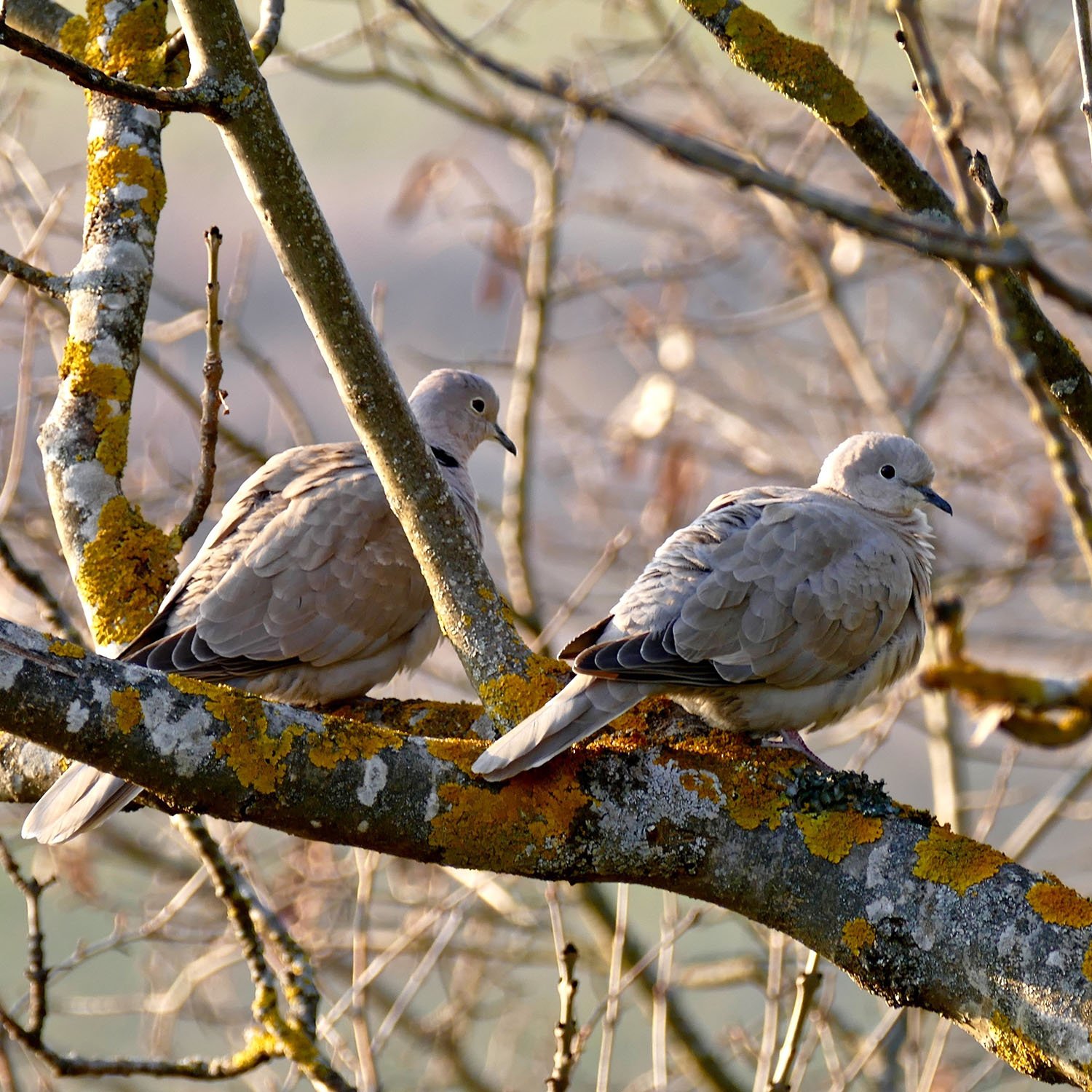
Mourning Dove
While the northern part of the state has significantly lower population numbers, the middle and southern regions present significant dove hunting opportunities. Mourning dove season generally runs from September-November, and there is a bag limit of 15 with a possession limit of 45. It is permitted to use dogs to aid in retrieving doves.
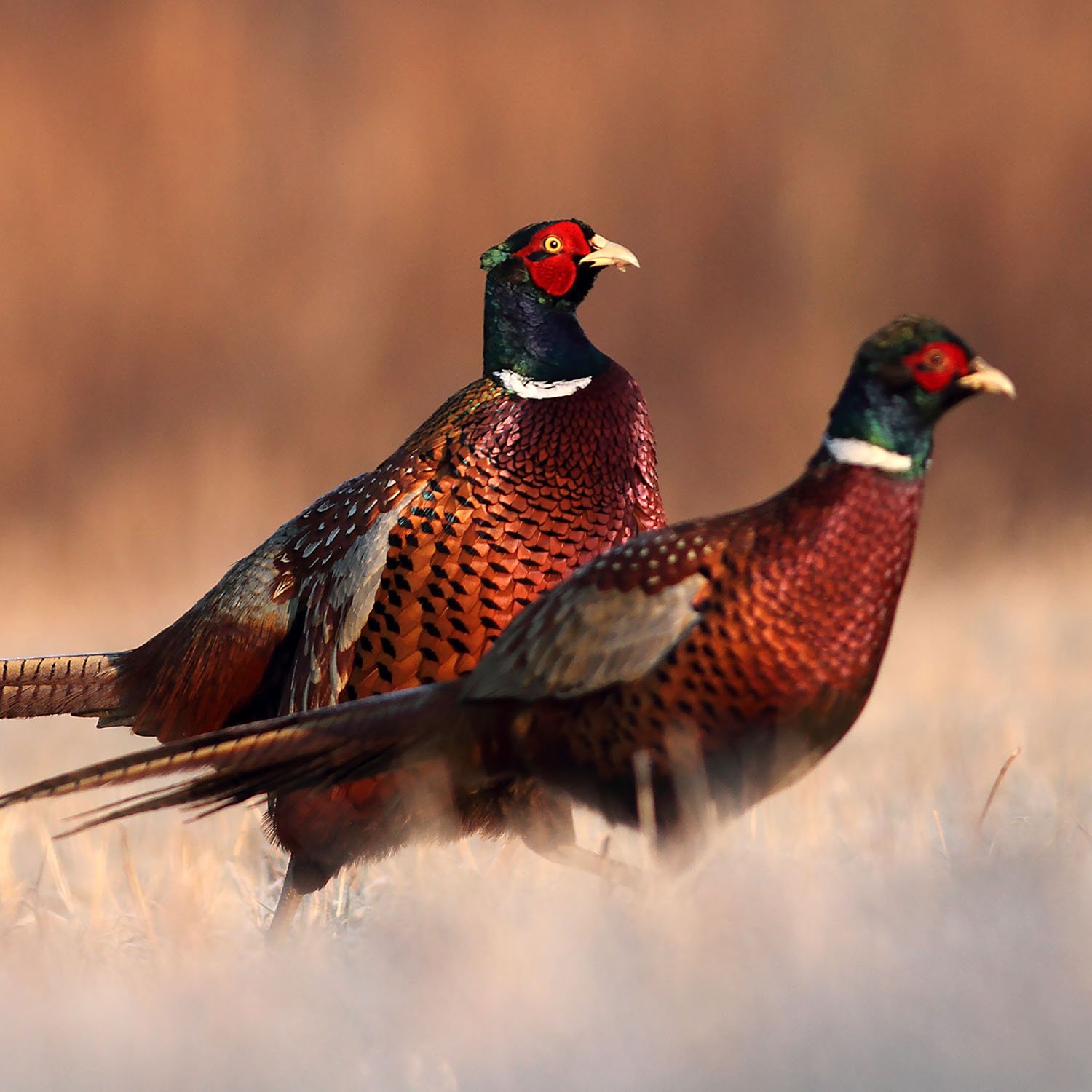
Pheasant
Throughout Minnesota’s southern regions, hunters will find pheasant. Daily bag limits are 2 or 3 pheasants, depending on the time of year. Pheasant season generally runs from October-January, with the season in the Vermillion Highlands beginning in December. Possession limits are 6-9 roosters. Hunters may use shotguns capable of holding no more than three shells. If hunters wish to use a rifle or handgun, they must use one with a .22 caliber rimfire using short, long, or long rifle ammo.
Other Minnesota game species include: Ruffed & Spruce Grouse, Sharp-Tailed Grouse, Squirrel, Cottontail Rabbit & Snowshoe Hare, Ducks, Coots, Mergansers, Raccoon, Fox, Badger, Opossum, Beaver, Otter, Mink, Crow, Bobcat, Fisher, Pine Marten, Geese, Bear, Elk, Badger, Crane, Partridge, Prairie Chicken, Rail and Snipe, Woodcock, etc. found in the "Hunting Seasons" section at bottom of the page.
Where to Hunt
There are many different types of huntable land in Minnesota. The state offers millions of acres of public land, as well as significant private access programs.
Wildlife Management Areas (WMAs)
There are 1,300 Wildlife Management Areas (WMAs) in Minnesota. These are managed by the Department of Natural Resources (DNR), and feature wetland, forest, and upland landscapes. Hunting is permitted in WMAs according to the regular season schedule.
Walk-In Access (WIA)
Minnesota’s Walk-In Access program gives hunters access to private land. Most of these areas can be found along the western border of Minnesota.
Grouse Management Areas
For grouse and woodcock hunters, Minnesota maintains Grouse Management Areas. These zones are managed and maintained to provide an ideal habitat for both grouse and woodcock.
State Forests
Minnesota has 56 state forests in total. These contain a wide variety of game species. With only a few exceptions, state forests are open to hunting and trapping during regular seasons. These areas also permit target, trap, and recreational shooting.
Scientific & Natural Areas
Hunting and trapping are permitted during the regular seasons at many of Minnesota’s SNAs. However, some sites may have restrictions on what types of hunting are permitted. Be sure to consult the appropriate regulations before planning your trip.
National Forests
The Chippewa and Superior national forests are both open to public hunting.
Private Property
Most of Minnesota’s land is privately owned, and most residents hunt on private land. Hunters are legally required to obtain permission before hunting on private land in Minnesota.
Licensing Fees
Minnesota does not offer a general hunting license. Licenses are instead purchased per game species targeted. Below are some of Minnesota’s most popular game licenses. Fees may vary based on method of take or sex of animal. Discounts are generally available to seniors, military, and youths.
| License | Resident | Nonresident |
|---|---|---|
| Deer - Archery | $34.00 | $185.00 |
| Deer - Firearm | $34.00 | $185.00 |
| Deer - Muzzleloader | $34.00 | $185.00 |
| Small Game - 18-64 yrs old | $22.00 | $102.00 |
| Small Game - 72 hour | $19.00 | $75.00 |
| Turkey - Fall | $26.00 | $96.00 |
| Turkey - Spring | $26.00 | $96.00 |
| Migratory Waterfowl Stamp | $7.50 | $7.50 |
| Pheasant Stamp | $7.50 | $7.50 |
| Trapping | $23.00 | $84.00 |
Hunter Education
A DNR Firearms Certification class is required for anyone born after December 31, 1979 to obtain a hunting license. These courses are open to anyone over 11 years of age. The course is available online and in-person. Bowhunting and advanced hunting courses are also available.
Youth Hunting
Minnesota offers a youth deer season to hunters ages 10 to 17. Youth aged 10 to13 must be accompanied by a parent or guardian, though the parent or guardian does not need to be a licensed hunter. The youth must possess a valid deer license.
Trapping
A trapper education course is required to obtain a trapping license in most cases. Residents under 13 are not required to have a trapping license. The following furbearers may be legally taken with a trap in Minnesota: raccoon, red fox, gray fox, badger, opossum, weasel, bobcat, fisher, pine marten, mink, muskrat, beaver, and otter. Note that trapping seasons differ from standard hunting seasons.
Hunting Seasons
| Game | Season Begins | Season Ends |
|---|---|---|
| Mourning dove | Sep 01 2023 | Nov 28 2023 |
| Ruffed & Spruce grouse | Sep 16 2023 | Jan 01 2024 |
| Deer* | Sep 16 2023 | Dec 31 2023 |
| Sharp-Tailed Grouse* | Sep 16 2023 | Nov 29 2023 |
| Squirrel | Sep 16 2023 | Feb 29 2024 |
| Turkey | Sep 30 2023 | Oct 29 2023 |
| Apr 8 2023 | May 31 2023 | |
| Cottontail Rabbit & Snowshoe Hare | Sep 16 2023 | Feb 28 2024 |
| Pheasant | Oct 12 2024 | Jan 1 2025 |
| Ducks, coots, mergansers* | Sep 23 2023 | Nov 26 2023 |
| Goose* | Sep 23 2023 | Dec 27 2023 |
| Raccoon, red fox, gray fox, badger, opossum* | Oct 14 2023 | Mar 15 2024 |
| Beaver* | Oct 28 2023 | May 15 2024 |
| Otter* | Oct 28 2023 | Jan 21 2024 |
| Mink* | Oct 28 2023 | Feb 28 2024 |
| Crow | Mar 1 2023 | Mar 31 2023 |
| Sep 1 2023 | Oct 31 2023 | |
| Dec 15 2023 | Jan 15 2024 | |
| Bobcat* | Dec 16 2023 | Jan 21 2024 |
| Fisher | Dec 16 2023 | Jan 21 2024 |
| Pine Marten | Dec 16 2023 | Jan 21 2024 |
| Bear* | Sep 1 2023 | Oct 15 2023 |
| Elk* | Sep 9 2023 | Oct 15 2023 |
| Badger | Oct 14 2023 | Mar 15 2024 |
| Crane | Sep 16 2023 | Oct 21 2023 |
| Partridge | Sep 16 2023 | Jan 1 2024 |
| Prairie Chicken | Sep 28 2024 | Oct 6 2023 |
| Rail and Snipe | Sep 01 2023 | Nov 6 2023 |
| Woodcock | Sep 23 2023 | Nov 6 2023 |
*Hunting dates for this species may vary by zone, method of take, or subspecies of animal. Visit the state’s website here to find out more.
Disclaimer: The information provided here is not to be construed as legal advice or acted upon as if it is legal advice: it is provided for informational purposes only. While we strive to provide accurate, up-to-date content, we cannot guarantee the accuracy, completeness, or currency of the information.